Stunning Companion Plants For Coral Bells
Coral bells (Heuchera) are beautiful perennials that add a splash of color to any garden. They come in a wide variety of colors, including red, pink, purple, green, and yellow. Coral bells also have attractive foliage, which can be variegated or solid in color.
Coral bells are relatively easy to care for and can thrive in a variety of conditions. They prefer partial shade, but can also tolerate full sun in cooler climates. Coral bells also need well-drained soil.
One of the best things about coral bells is that they can be easily paired with other plants to create stunning garden combinations. Here are some of the best companion plants for coral bells:
- Hostas are another shade-loving perennial that pairs well with coral bells. Hostas come in a wide variety of colors, so you can find one to complement the colors of your coral bells. Hostas also have large, glossy leaves that add visual interest to the garden.

- Astilbes are tall, airy perennials that add a touch of elegance to the garden. They come in a variety of colors, including white, pink, purple, and red. Astilbes bloom in the summer and attract butterflies and other pollinators.
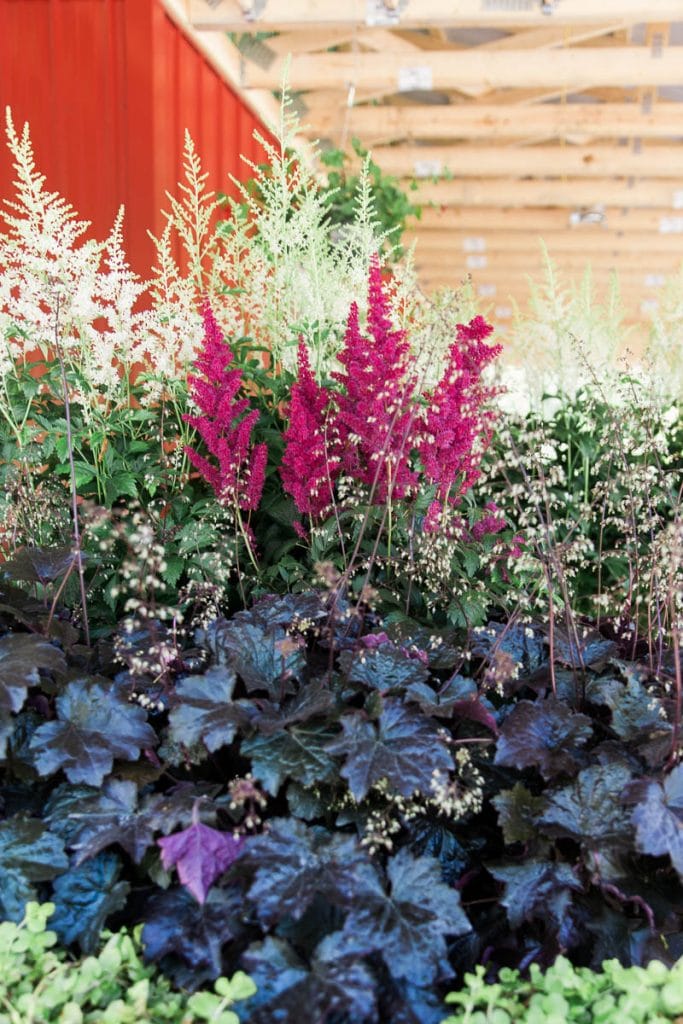
- Ferns are a classic choice for shady gardens. They come in a wide variety of shapes and sizes, so you can find one to fit any space. Ferns add a touch of lushness and mystery to the garden.
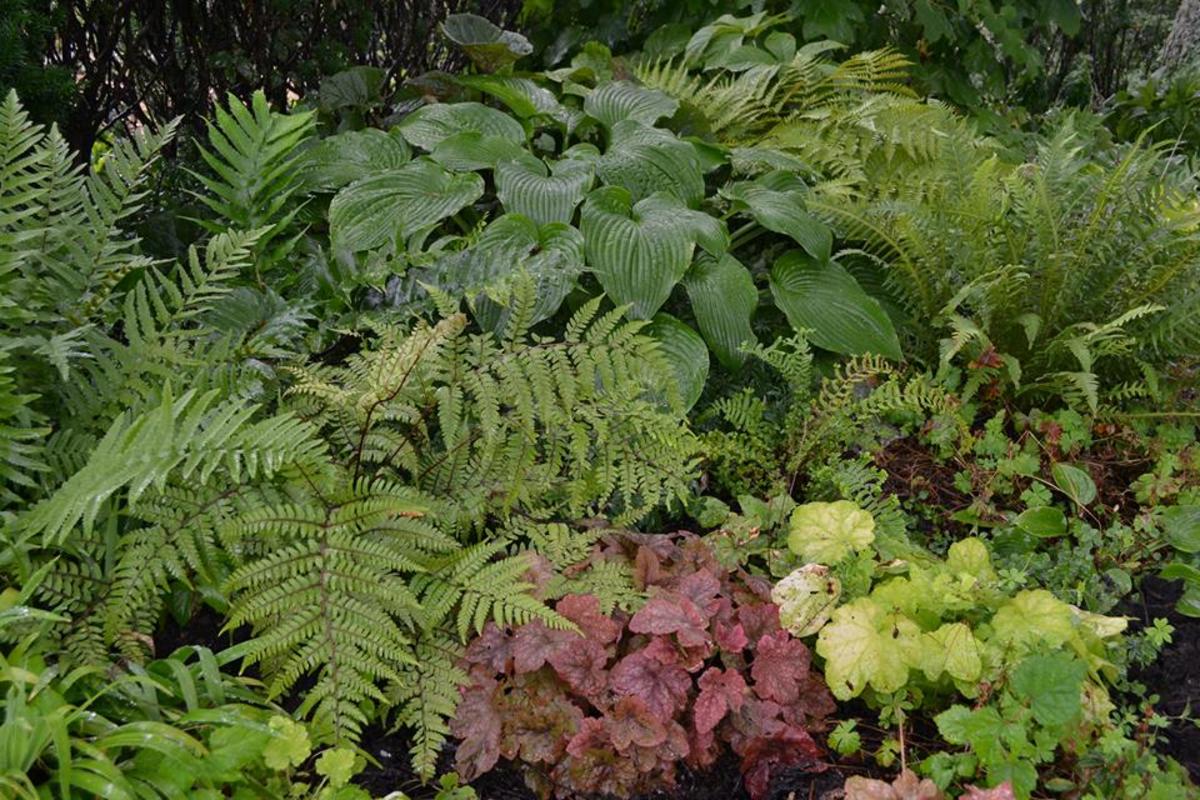
- Impatiens are colorful annuals that bloom all summer long. They come in a variety of colors, so you can find one to match the colors of your coral bells. Impatiens are easy to care for and can tolerate a variety of conditions.
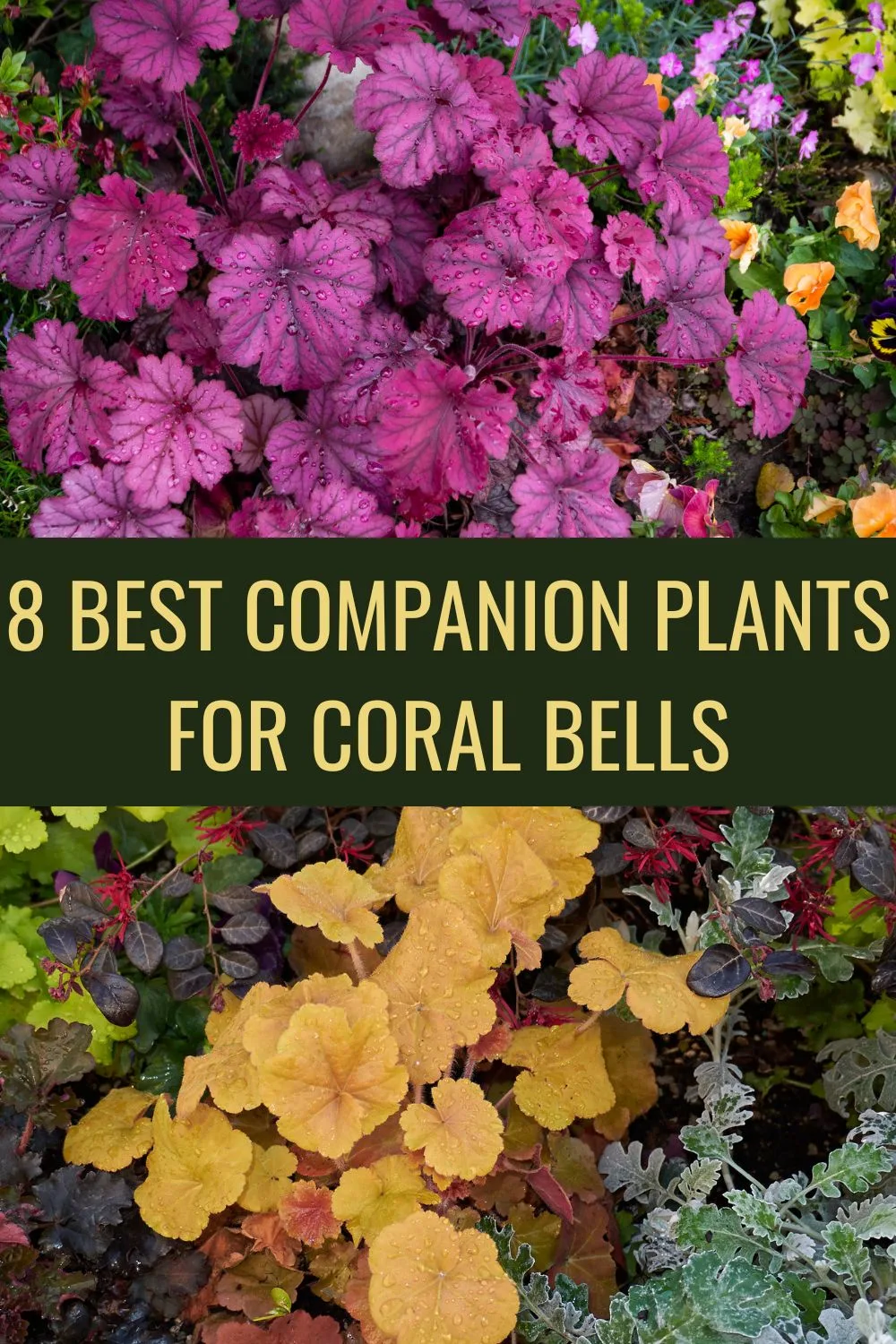
- Hellebores are winter-blooming perennials that add interest to the garden during the cold months. They come in a variety of colors, including white, pink, purple, and red. Hellebores are deer-resistant and easy to care for.
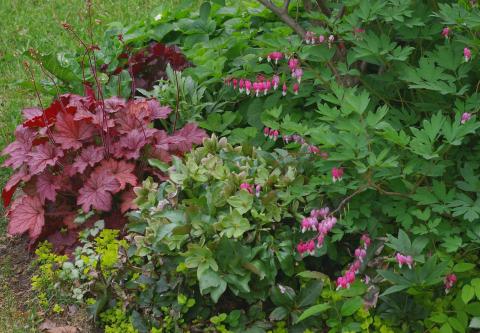
- Daylilies are tall, colorful perennials that bloom in the summer. They come in a wide variety of colors, so you can find one to match the colors of your coral bells. Daylilies are easy to care for and can tolerate a variety of conditions.
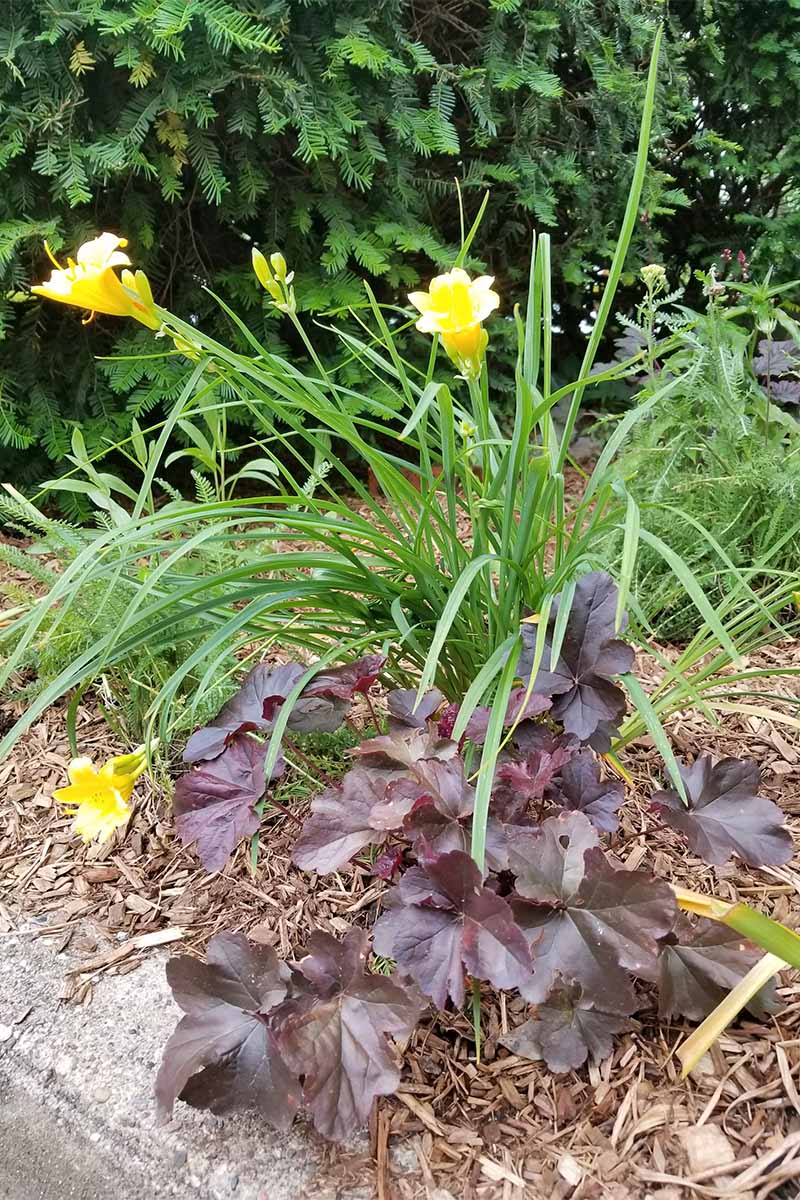
- Iris are elegant perennials that come in a variety of colors, including blue, purple, yellow, and white. Iris bloom in the spring and add a touch of beauty to the garden.

- Azaleas are beautiful, flowering shrubs that add color to the garden in the spring. They come in a variety of colors, including white, pink, purple, and red. Azaleas prefer partial shade and moist soil.
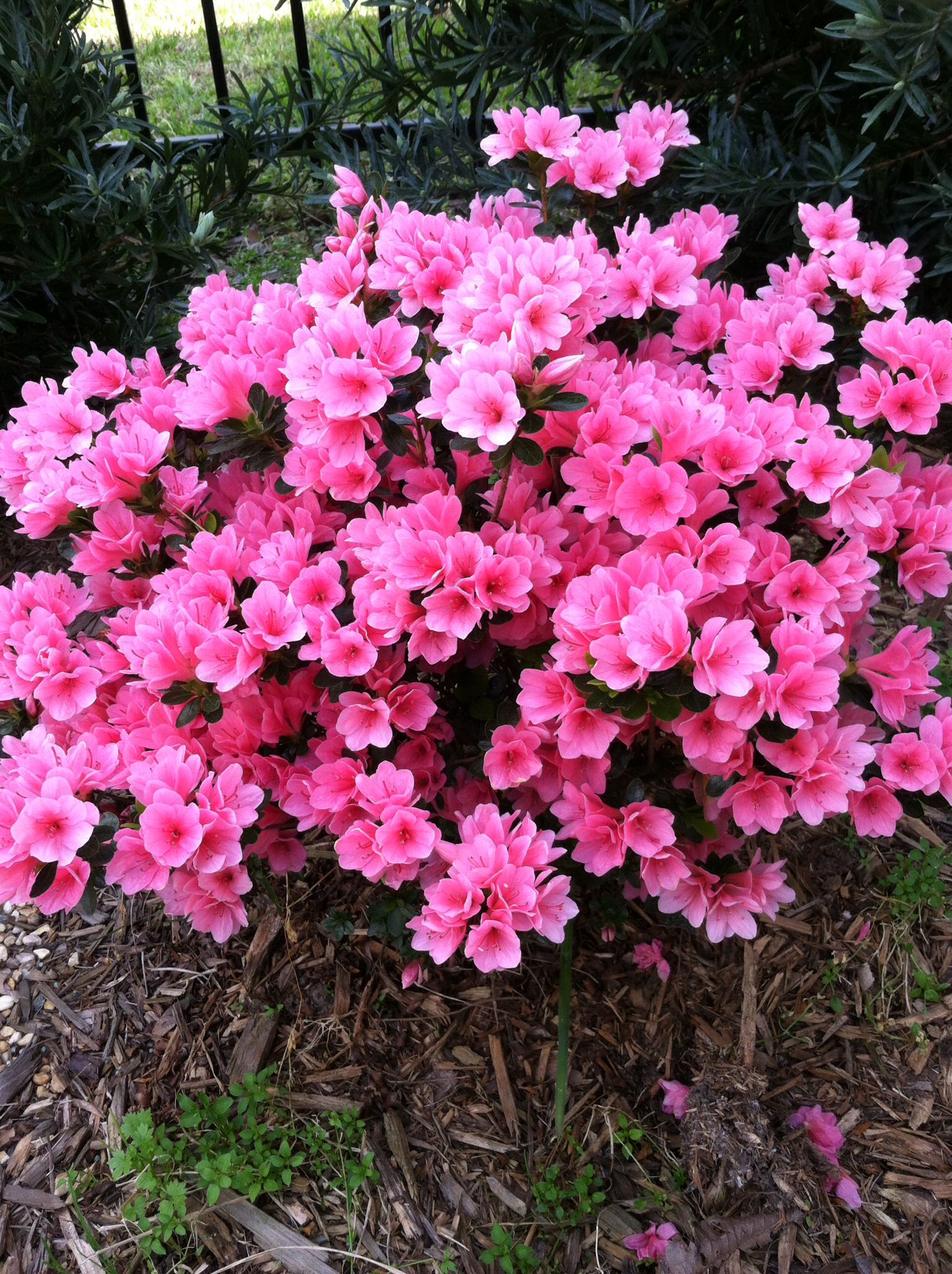
When choosing companion plants for coral bells, it is important to consider the size, color, and growing conditions of the plants. You want to choose plants that will complement each other and that will thrive in the same conditions.
By pairing coral bells with other complementary plants, you can create stunning garden combinations that will add beauty and interest to your landscape for years to come.
Coral bells (Heuchera) are beautiful perennials that come in a wide variety of colors, from bright reds and oranges to cool greens and blues. They are relatively easy to care for and can thrive in a variety of conditions, making them a popular choice for gardeners of all skill levels.
One of the best things about coral bells is that they can be paired with a variety of other plants to create stunning garden combinations. Some of the best companion plants for coral bells include:
- Hostas: Hostas are another shade-loving perennial that can add height and interest to a coral bells planting. They come in a variety of colors, so you can choose ones that complement the colors of your coral bells. Gardenia Inspiration
- Astilbe: Astilbe is a tall, airy plant with delicate flowers that bloom in the summer. It adds a touch of elegance to any garden, and it works well with coral bells because it has similar growing requirements.
- Ferns: Ferns are a classic choice for shady gardens, and they can add a touch of lushness to a coral bells planting. They come in a variety of shapes and sizes, so you can find ones that will fit in any space.
- Impatiens: Impatiens are a popular choice for containers and borders, and they can add a splash of color to a coral bells planting. They are relatively easy to care for and can tolerate a variety of conditions.
- Hellebores: Hellebores are winter-blooming plants that add interest to the garden when other plants are dormant. They come in a variety of colors, so you can choose ones that will complement the colors of your coral bells.
If you are looking for more information about coral bells companion plants, Gardenia Inspiration is a great resource. They have a comprehensive list of plants that can be paired with coral bells, as well as tips on how to create stunning garden combinations.
FAQ of coral bells companion plants
Q: What are some good companion plants for coral bells?
A: Coral bells (Heuchera) are versatile plants that can be paired with a variety of other plants. Some good companion plants include:
- Hostas: Hostas provide shade and moisture for coral bells, and their large leaves help to hide the coral bells' lower foliage.

- Astilbe: Astilbe adds height and interest to a coral bells planting, and its delicate flowers bloom in the summer.
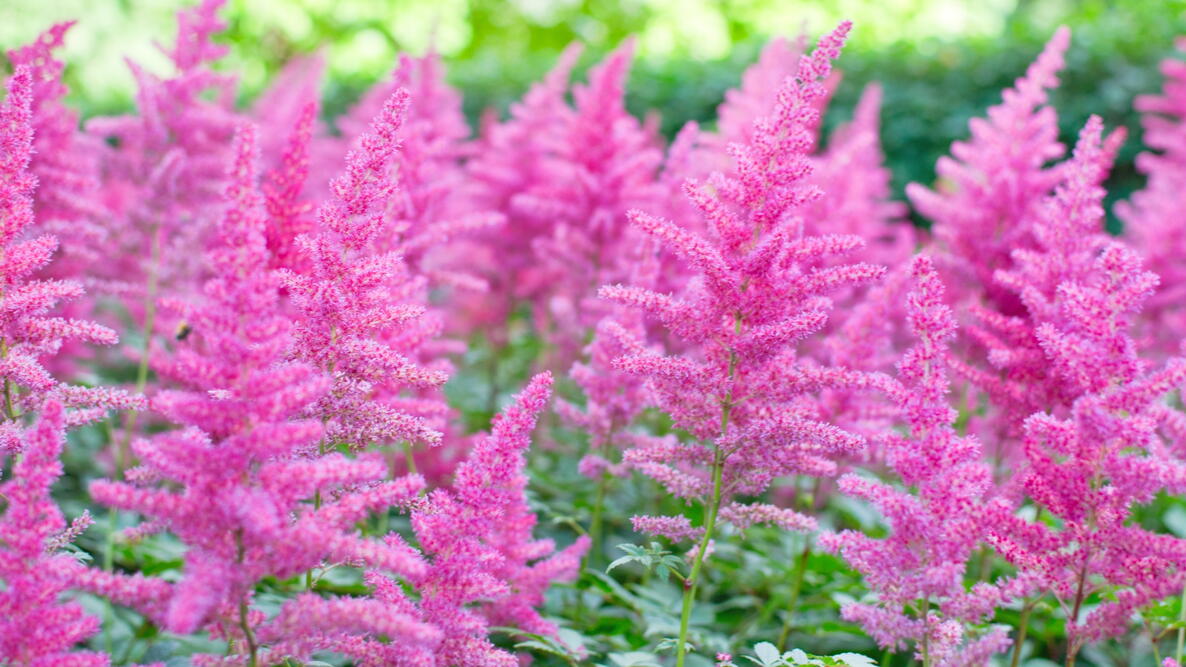
- Lungwort: Lungwort has similar foliage colors to coral bells, and its blue flowers bloom in the spring.
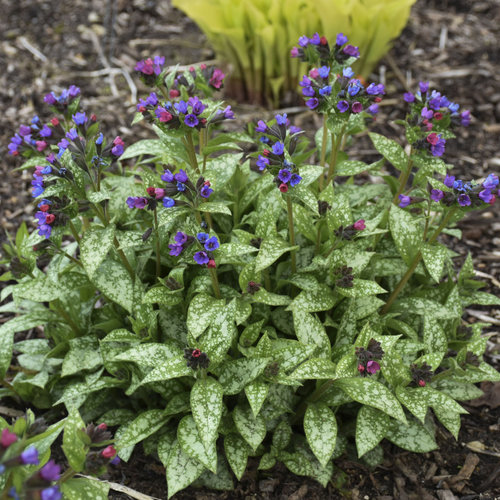
- Japanese painted fern: Japanese painted fern adds texture and interest to a coral bells planting, and its fronds can provide shade for the coral bells in the summer.
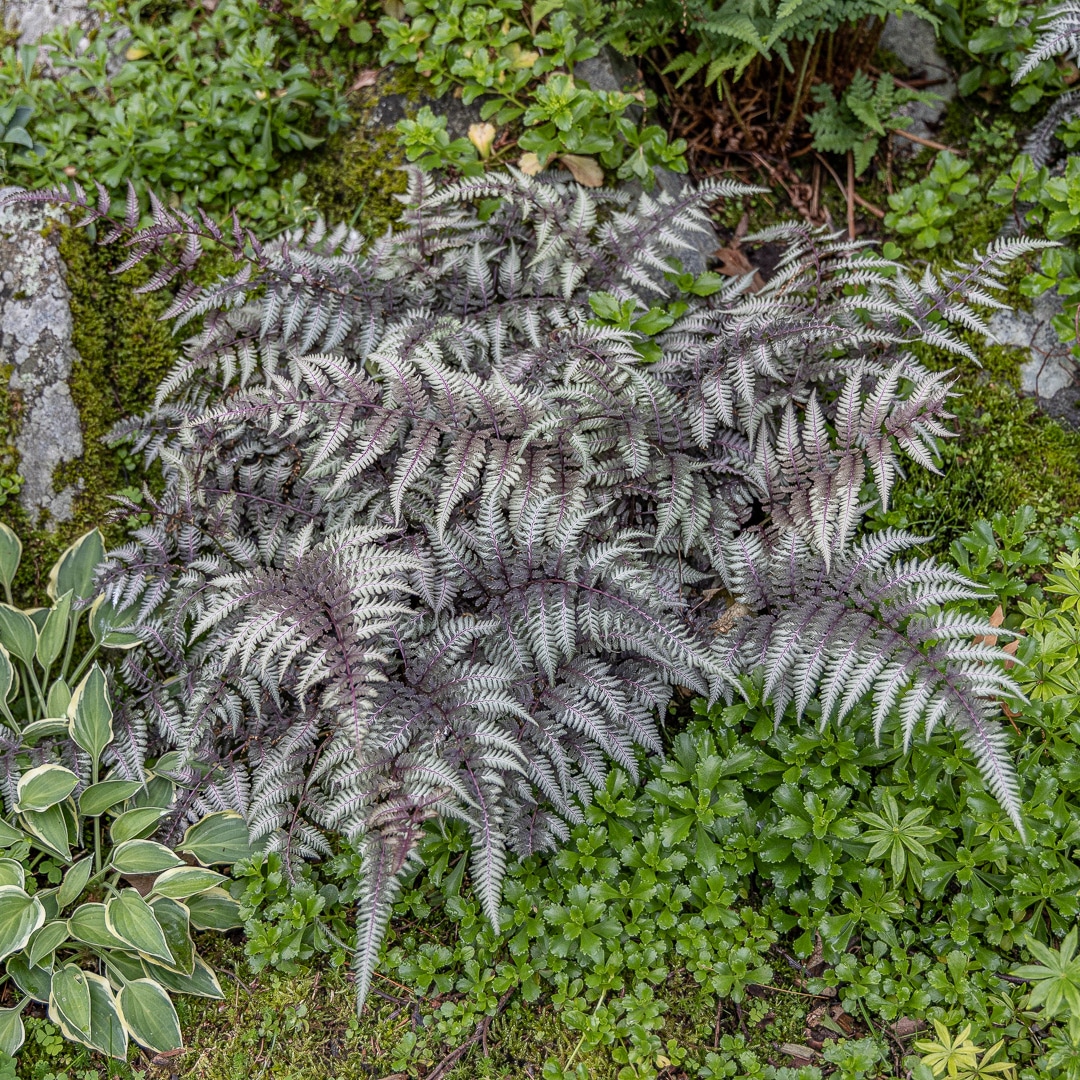
- Variegated Solomon's seal: Variegated Solomon's seal adds height and interest to a coral bells planting, and its leaves have a unique variegation.

Q: What are the ideal conditions for coral bells?
A: Coral bells prefer part shade, meaning 4 to 6 hours of direct sunlight per day. They also prefer moist, well-drained soil.
Q: How do I plant coral bells?
A: Coral bells can be planted in the spring or fall. When planting, dig a hole that is twice as wide and deep as the root ball of the coral bells plant. Add some compost or other organic matter to the soil in the hole, and then place the coral bells plant in the hole. Backfill the hole with soil, and water the coral bells plant well.
Q: How do I care for coral bells?
A: Coral bells are relatively easy to care for. Water them regularly, especially during hot, dry weather. Fertilize them once a year in the spring with a balanced fertilizer. Deadhead spent flowers to encourage new blooms.
Q: How do I propagate coral bells?
A: Coral bells can be propagated by division or by leaf cuttings. To divide coral bells, dig up a mature plant and use a sharp knife to divide the plant into several smaller clumps. Replant the clumps in a new location. To take leaf cuttings, cut a healthy leaf from a mature plant and remove the bottom two-thirds of the leaf. Dip the cut end of the leaf in rooting hormone and plant it in a pot of well-drained potting mix. Keep the potting mix moist and the cutting in a warm, shady location. The cutting should root in a few weeks.
Image of coral bells companion plants
- Japanese painted fern. These ferns have delicate fronds that come in a variety of colors, including green, yellow, and burgundy. They provide a graceful contrast to the bold colors of coral bells.

- Hostas. Hostas are shade-loving plants that come in a wide range of colors, from chartreuse to purple. They add height and texture to a planting bed, and they can help to suppress weeds.

- Astilbe. Astilbes are tall, airy plants that produce delicate flowers in shades of pink, purple, and white. They bloom in late spring or early summer, and they provide a welcome contrast to the solid colors of coral bells.
- Lungwort. Lungworts are low-growing plants that have blue, pink, or white flowers. They are deer-resistant and drought-tolerant, making them a good choice for a variety of gardens.
- Yarrow. Yarrow is a hardy perennial that produces yellow, white, or pink flowers in the summer. It is drought-tolerant and deer-resistant, and it can help to attract pollinators to your garden.
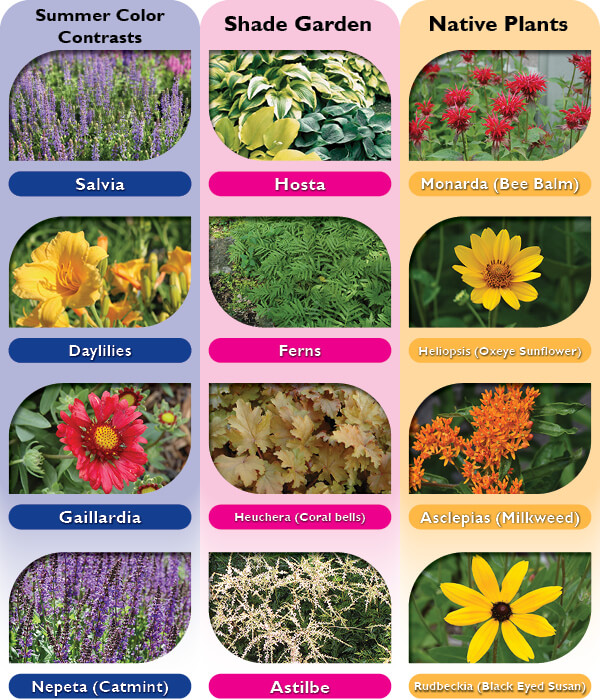
Post a Comment for " Stunning Companion Plants For Coral Bells"